As you gear up for the next sports season, weaving strength and flexibility training into your preseason game plan is a smart move for boosting performance and dodging injuries. Strength training lays down the groundwork for your power and stamina, while flexibility routines keep your joints fluid, cutting down on muscle tightness.
By pairing these practices, you're setting yourself up for noticeable strength and flexibility gains—making you ready to face any challenge. With the right tools, you can effortlessly fold these exercises into your daily grind, all from the comfort of your home.
Key Takeaways
- Build strength and prevent injury: This guide focuses on combining strength and flexibility exercises to prepare your muscles for the demands of the upcoming season while minimizing injury risks.
- Tailored for peak performance: Incorporating tools like the NordBench and NordStick Banded Pro, these exercises help you enhance muscle endurance, mobility, and power, setting you up for success.
- A balanced approach to preseason training: Strengthen key muscle groups while improving flexibility to boost your overall athletic performance and readiness for competition.
Let’s dive into how you can fine-tune your preseason with the perfect exercises and gear for peak performance.
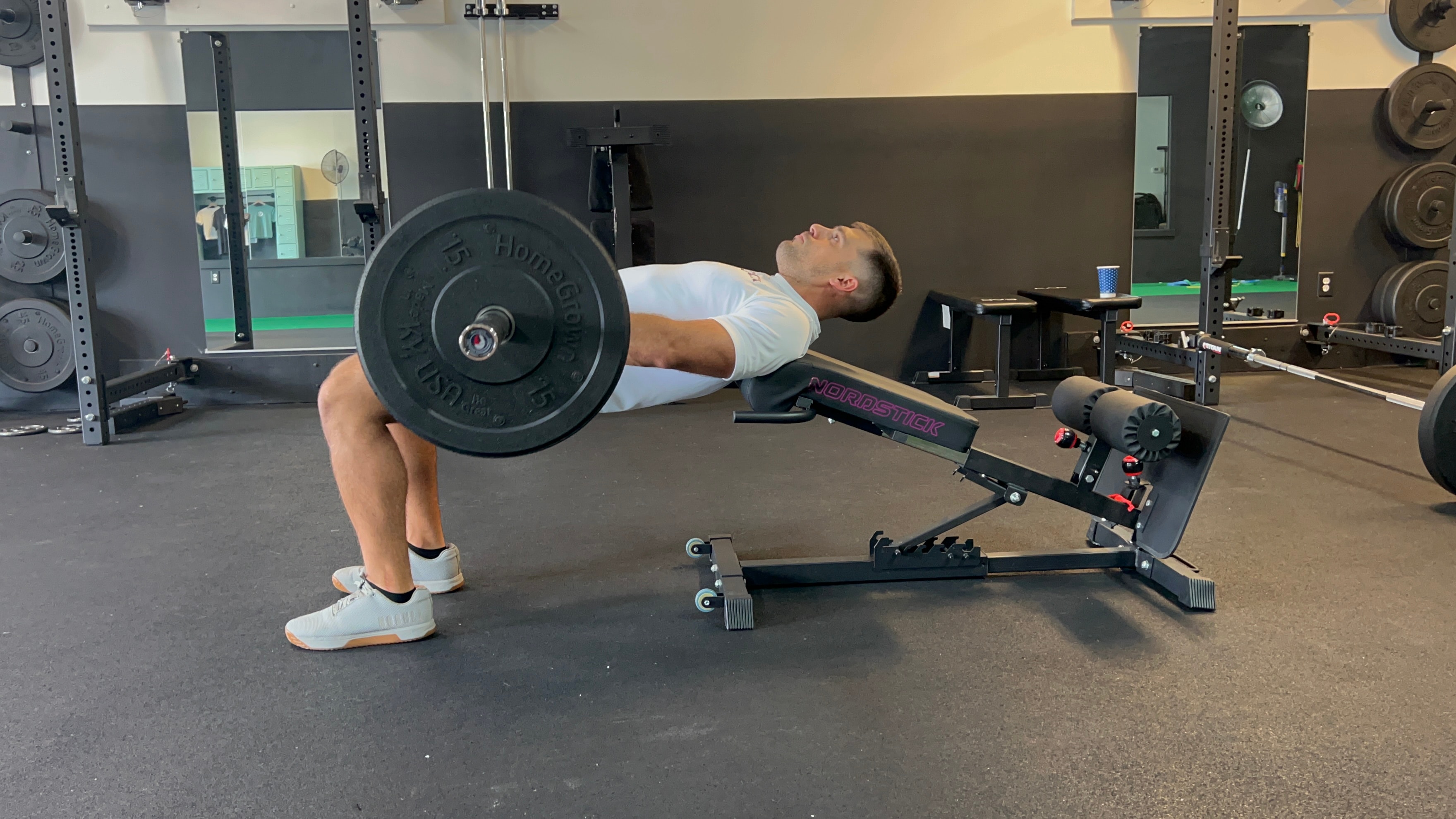
Importance of Strength and Flexibility
Building a Strong Foundation
Strength training during the preseason is crucial for developing a solid foundation that supports power and endurance. Focusing on compound movements, such as squats and deadlifts, helps target major muscle groups, promoting muscle growth and strength gains.
These exercises improve your ability to perform daily tasks and enhance athletic performance, whether you're climbing stairs or engaging in heavy gardening. Using equipment like the Nordbench, you can perform varied movements like split squats and hip thrusts at home, ensuring your body is well-prepared for the rigors of the season.
Additionally, incorporating resistance bands with the Nordstick Banded Pro can make a significant difference by targeting specific muscles with precision. By lifting weights and focusing on proper posture, you reduce joint pain and improve movement efficiency. Ultimately, strength exercises provide the muscular balance needed to withstand the physical demands of sports, reducing injury risk and boosting overall performance.
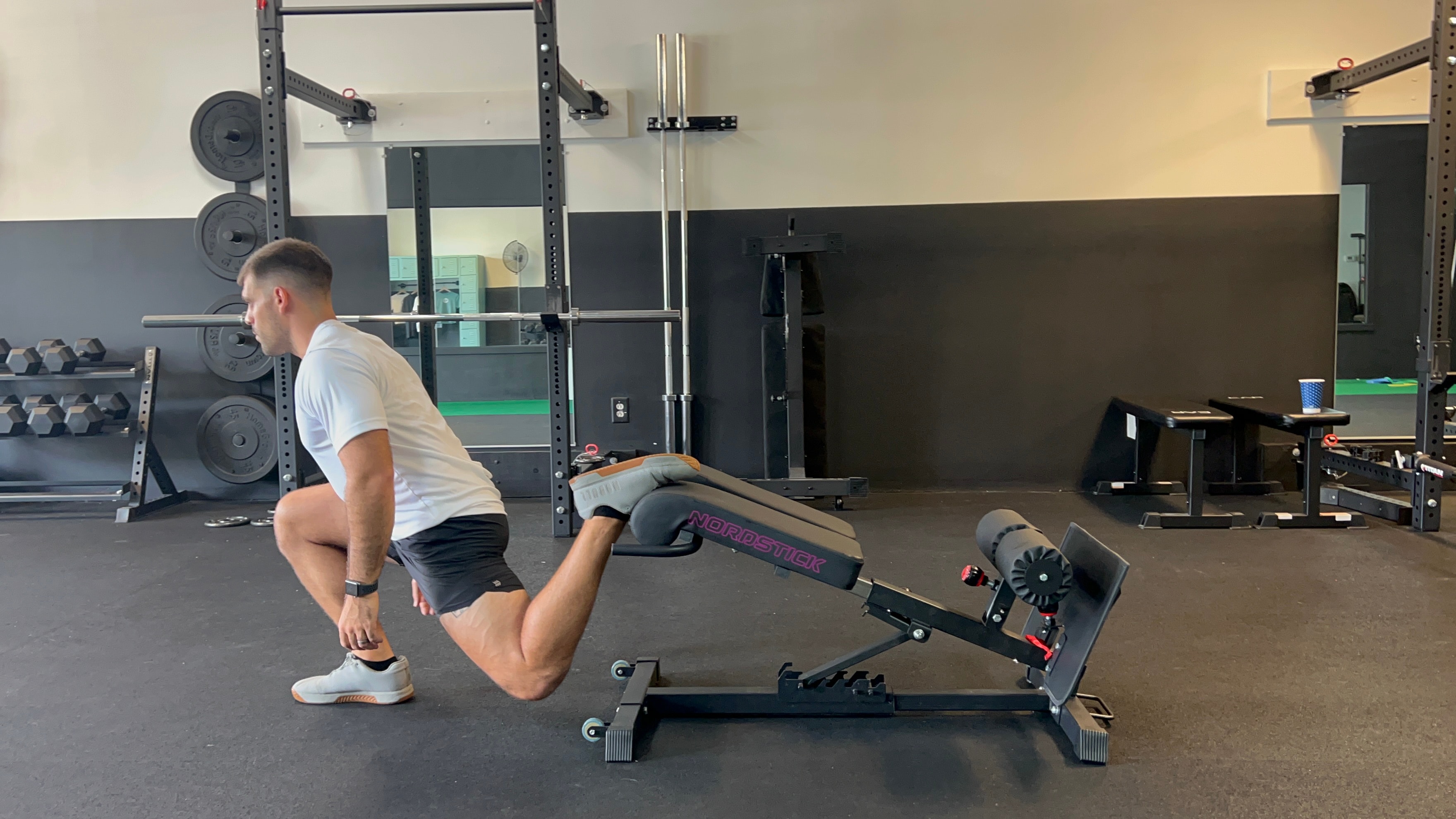
Enhancing Range of Motion
Flexibility exercises are vital for maintaining a full range of motion, which is essential for reducing the risk of injury and improving overall athletic performance. Dynamic stretching can warm up your muscles and enhance flexibility before engaging in more intensive physical activity.
Exercises like hamstring slides using the Multi Slider and banded hip flexor stretches with the Nordstick Banded Pro are excellent choices. These movements target tight hips and improve flexibility in the lower limbs, allowing for smoother and more efficient movement patterns.
Static stretching, performed post-workout, assists muscle recovery and reduces muscle stiffness. It can help alleviate joint pain and prevent injuries related to limited mobility. By incorporating flexibility exercises into your routine, you ensure that your muscles remain pliable and responsive, thus enhancing your body's ability to perform complex movements with ease. Achieving good flexibility combined with strength gains creates a balanced physique ready for the demands of any sport.
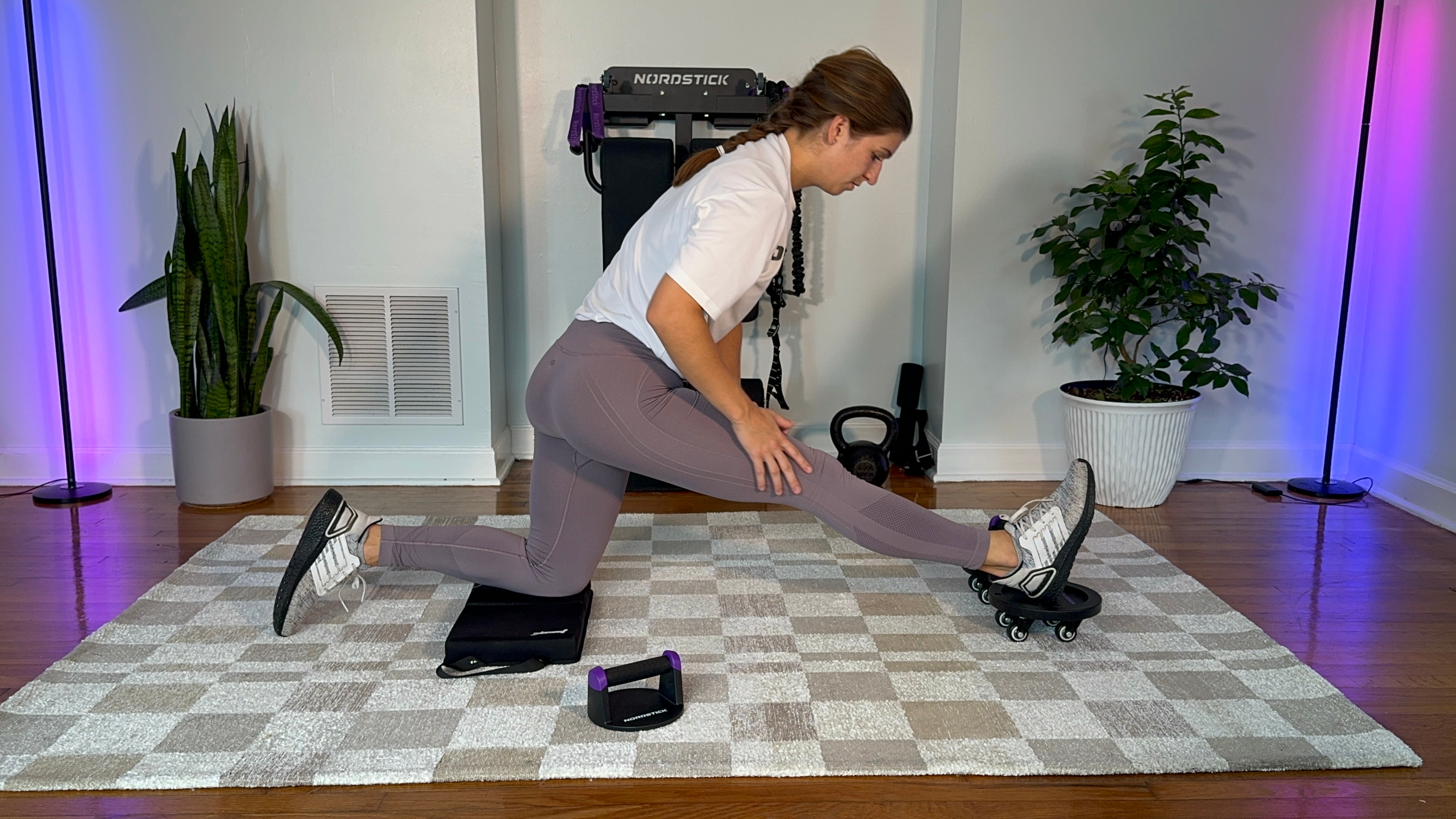
Effective Strength Training Exercises
Bulgarian Split Squats
Bulgarian Split Squats are a powerful exercise for building lower body strength, balance, and stability. This movement primarily targets the quadriceps, hamstrings, and glutes, engaging multiple muscle groups for effective muscle strengthening. Using the Nordbench, you can perform this exercise with proper form, ensuring safety and maximizing benefits.
To execute Bulgarian Split Squats:
This exercise also improves core muscle engagement, which is essential for maintaining balance and proper posture. Incorporating Bulgarian Split Squats into your exercise routine will not only increase muscle mass but also enhance your ability to perform other physical activities with ease.

Resisted Mountain Climbers and Reverse Squats
Resisted Mountain Climbers and Reverse Squats are fantastic exercises for engaging and strengthening the core, quads, and glutes, enhancing your endurance without requiring heavy equipment. The Nordstick Banded Pro makes these exercises effective for home workouts by providing the necessary resistance.
Here’s how to perform these exercises:
Resisted Mountain Climbers and Reverse Squats are excellent exercises that contribute to enhancing both strength and flexibility, making them perfect for preseason preparation.
The combination of these exercises builds core strength and improves flexibility in the quads and glutes, essential for enduring the demands of the upcoming season. Resisted Mountain Climbers increase cardiovascular endurance and enhance agility, while Reverse Squats focus on lower body power and balance.
By integrating these exercises into your routine, you ensure that your muscles are not only stronger but also more flexible, facilitating smoother, more efficient movements. Maintaining proper form in these exercises further reduces injury risks and enhances overall athletic performance.
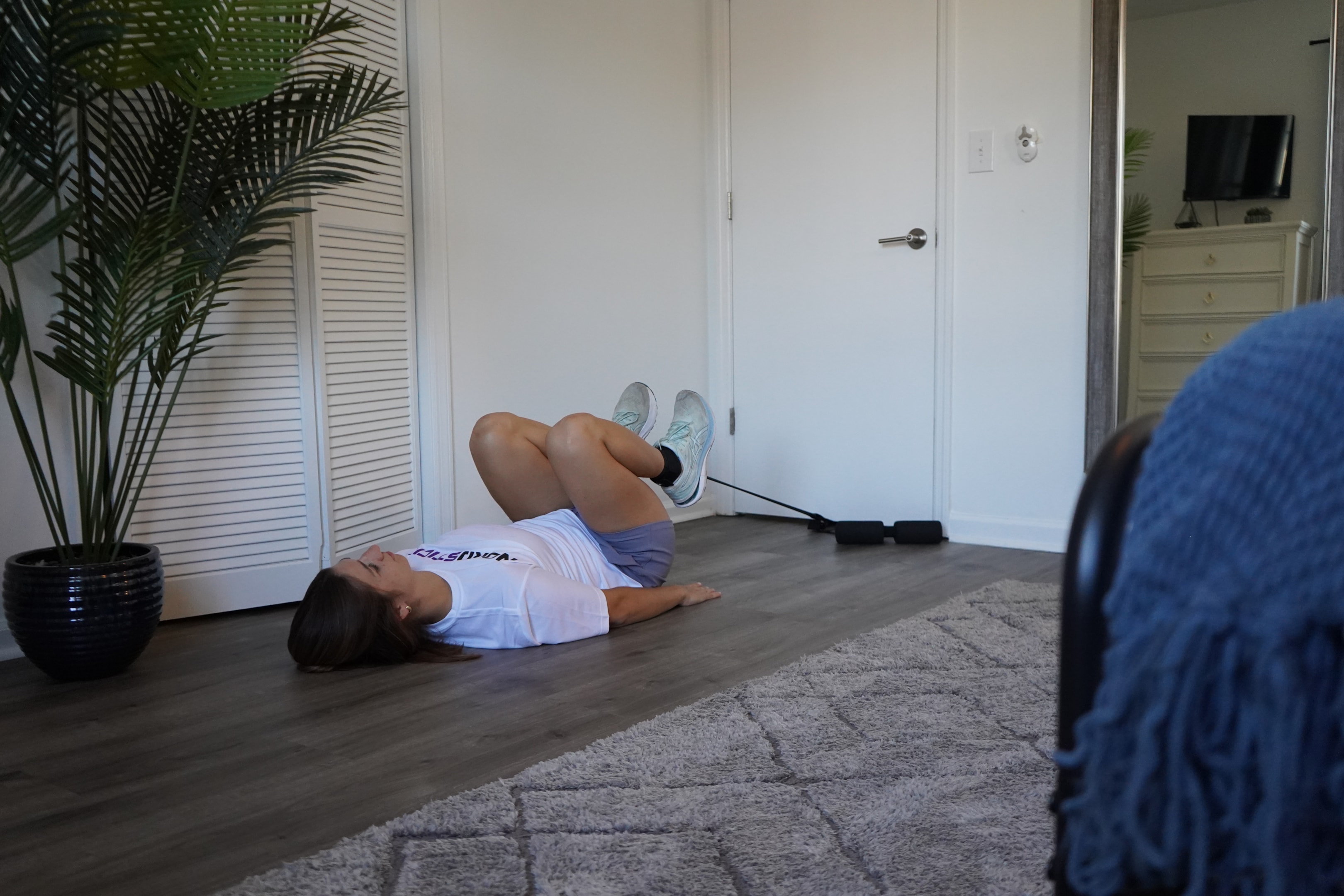
Enhance Upper Body
Building shoulder strength is essential for achieving overall balance and power in athletic performance. Exercises such as Face Pulls, W's, and Y's effectively develop shoulder and upper back muscle strength. These exercises contribute to better stability and posture, crucial for dynamic movements in sports.
To perform these exercises:
These movements target the shoulders and upper back, enhancing muscle strength and endurance.
Incorporating such exercises into your routine can significantly improve your ability to perform tasks requiring upper body stability and coordination, such as throwing and passing in sports. Consistent practice leads to strength gains and enhanced athletic performance, supporting both competitive and recreational activities.
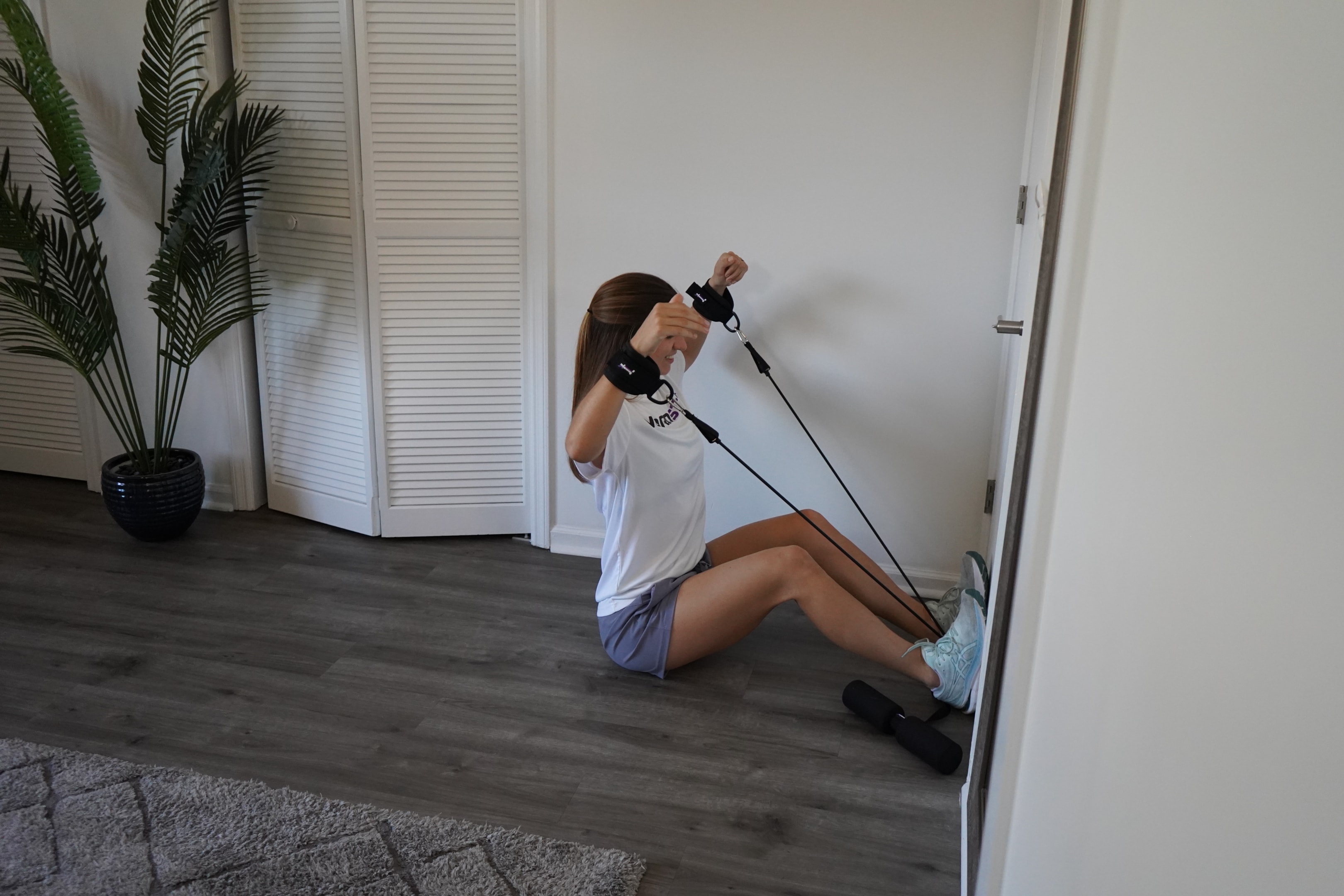
Essential Flexibility Training Exercises
Hamstring Slides
Hamstring Slides are an effective flexibility exercise designed to improve muscle elasticity and strengthen the core. Using the Multi Slider, you can perform this exercise at home, targeting the hamstrings to enhance flexibility and reduce injury risks.
Here’s how to perform Hamstring Slides:
This exercise not only aids in stretching the hamstrings but also engages the core muscles, contributing to muscle strengthening. Regular inclusion of Hamstring Slides in your exercise routine can lead to flexibility gains, helping to maintain a full range of motion and prevent tightness in the lower body.
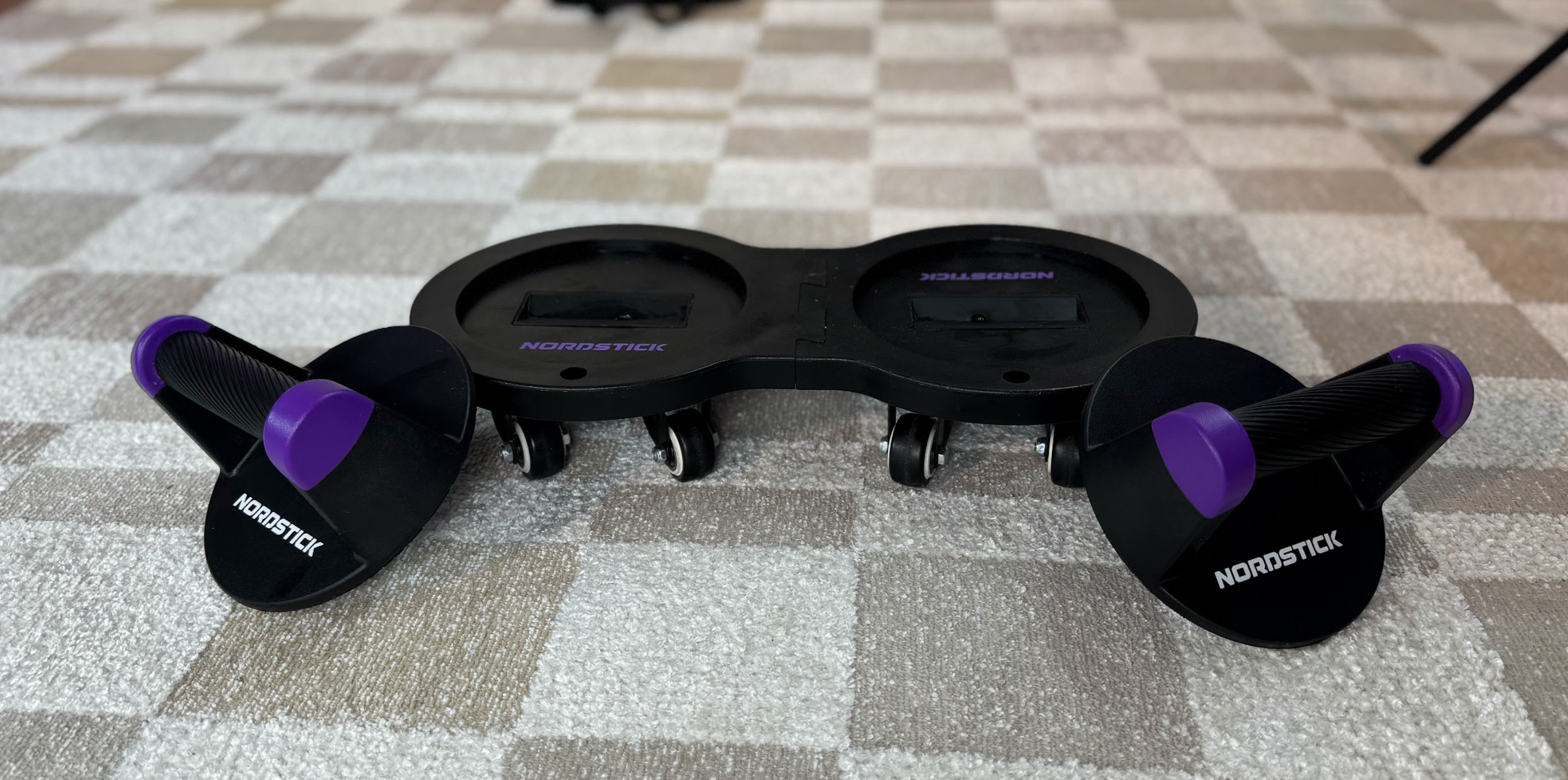
Conclusion
In conclusion, integrating strength and flexibility training into your preseason routine is vital for improved athletic performance and injury prevention. By focusing on both muscle strengthening exercises and stretching exercises, you can enhance muscle mass, balance, and overall movement efficiency.
Using tools like the Nordbench and Multi Slider allows you to perform a variety of exercises, from Bulgarian Split Squats to Hamstring Slides, all from the comfort of your home. These exercises ensure that major muscle groups are well-prepared for the demands of sports, reducing joint pain and enhancing flexibility combined with strength gains.
As you design your exercise routine, remember to include both dynamic and static stretching to support muscle recovery and maintain a full range of motion. Embrace this comprehensive approach to preseason training, and you'll notice a significant change in your physical capabilities. Explore the Nordstick product range today and start optimizing your training for peak readiness.
FAQs
Can you train strength and flexibility at the same time?
Yes, you can train strength and flexibility simultaneously, and doing so can offer numerous benefits for overall athletic performance. Combining strength exercises with flexibility training helps develop muscle mass while maintaining a full range of motion, reducing the risk of injuries.
For example, incorporating dynamic stretching before strength workouts can warm up muscles and enhance flexibility. Exercises like Bulgarian Split Squats and Resistance Band Deadlifts can be paired with Hamstring Slides and Hip Flexor Stretches to balance muscle strengthening and flexibility gains. Using versatile equipment like the Nordbench and Multi Slider, you can seamlessly integrate these exercises into a cohesive routine.
This approach ensures that you build strength without sacrificing flexibility, allowing you to perform complex movements more efficiently. By alternating between strength and flexibility exercises, you create a well-rounded training program that supports muscle recovery, enhances movement patterns, and prepares you for the physical demands of sports.
Does strength training improve flexibility?
Strength training, when performed with proper form and a full range of motion, can indeed contribute to improving flexibility. Engaging in exercises that require movement through a complete range of motion, such as squats and lunges, can enhance joint flexibility and muscle elasticity.
For instance, using the Nordbench for exercises like Bulgarian Split Squats not only builds muscle strength but also promotes flexibility in the hip and knee joints. Additionally, incorporating resistance bands with the Nordstick Banded Pro can further stretch and strengthen muscles simultaneously, fostering flexibility gains.
It's important to balance strength training with adequate stretching exercises to prevent muscle tightness. Static stretches post-workout, like the Seated Hamstring Stretch, help maintain muscle length and flexibility. Thus, a well-rounded routine that combines strength training with targeted flexibility work can enhance overall mobility, reduce joint pain, and support efficient movement patterns essential for athletic performance and daily activities.
Should you do flexibility training before or after strength?
Flexibility training can be strategically placed both before and after strength training to maximize benefits. Before strength exercises, dynamic stretching is recommended to warm up the muscles and prepare the joints for physical activity. This type of stretching involves controlled movements that improve circulation and enhance flexibility, reducing the risk of injury during workouts. For instance, incorporating movements like leg swings or arm circles can effectively prime your body for lifting weights.
After strength training, static stretching is ideal. This involves holding stretches for 20-30 seconds to relax the muscles and promote recovery. Exercises like the Seated Hamstring Stretch or static calf stretches help lengthen the muscles and maintain flexibility. This post-workout routine aids in reducing muscle stiffness and preventing tightness, ensuring better muscle recovery.
In summary, performing dynamic stretches before and static stretches after strength training can lead to significant improvements in both flexibility and overall athletic performance.
How to balance strength training and flexibility?
Balancing strength training and flexibility requires a well-structured exercise routine that incorporates both elements effectively. Start by dedicating specific days to focus on strength exercises, such as those involving the Nordbench for muscle strengthening.
Include compound movements like squats, deadlifts, and push-ups to engage major muscle groups. On alternate days, prioritize flexibility training with exercises like Hamstring Slides and Hip Flexor Stretches using the Multi Slider or Omnistrap Pro.
To maintain balance, incorporate dynamic stretching into your warm-up routine before strength workouts, preparing muscles for exertion while gradually increasing flexibility. After strength sessions, perform static stretching to relax muscles and enhance recovery. This approach ensures that you build muscle strength without compromising on flexibility gains.
Additionally, listen to your body’s signals to adjust the intensity and frequency of your training accordingly. Consistency and mindfulness in integrating both training aspects will lead to improved movement efficiency and overall athletic performance.
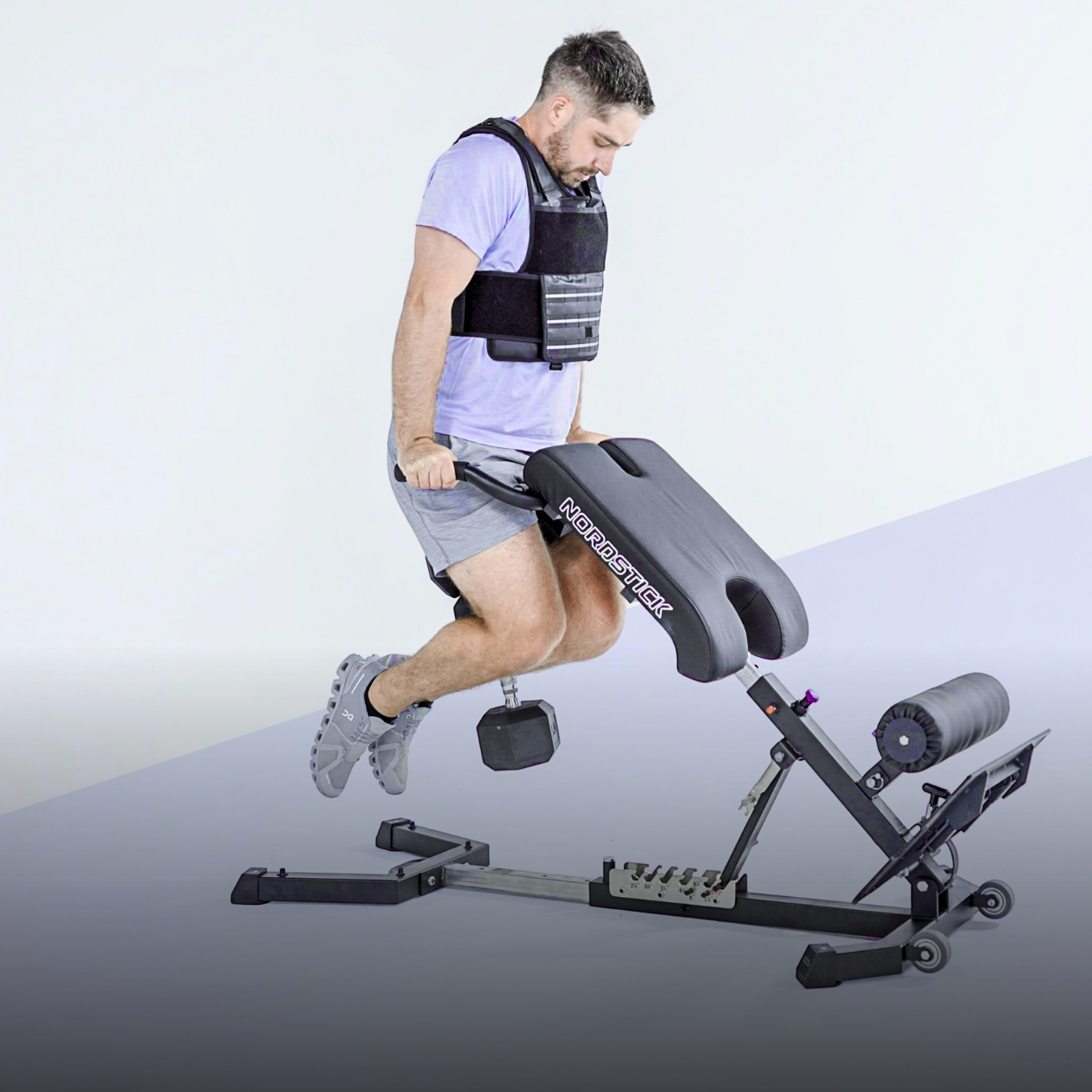
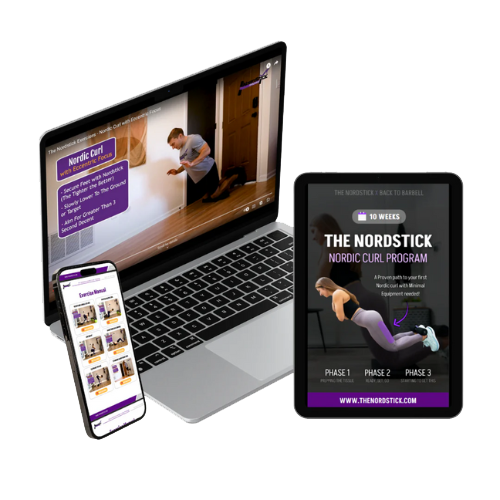
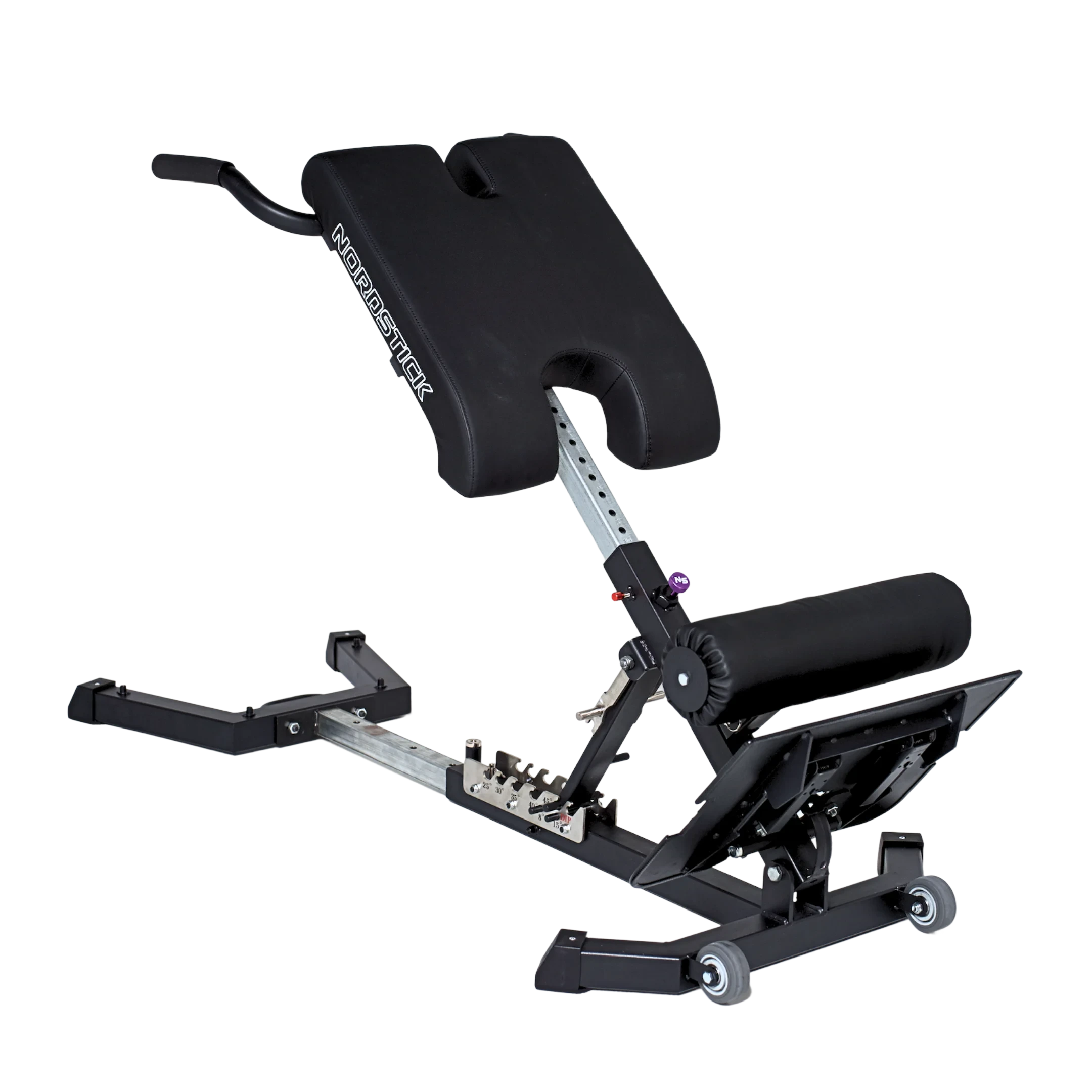
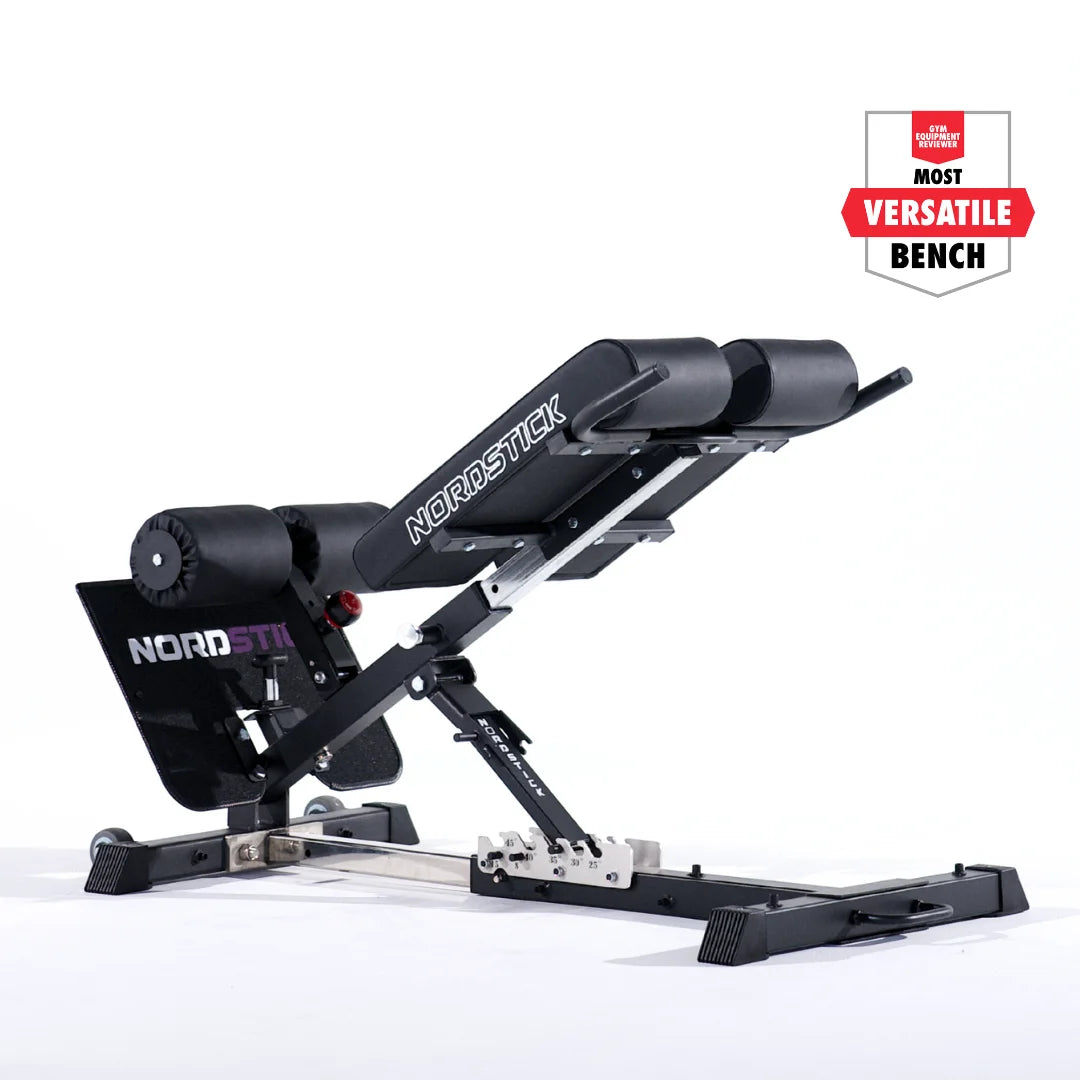





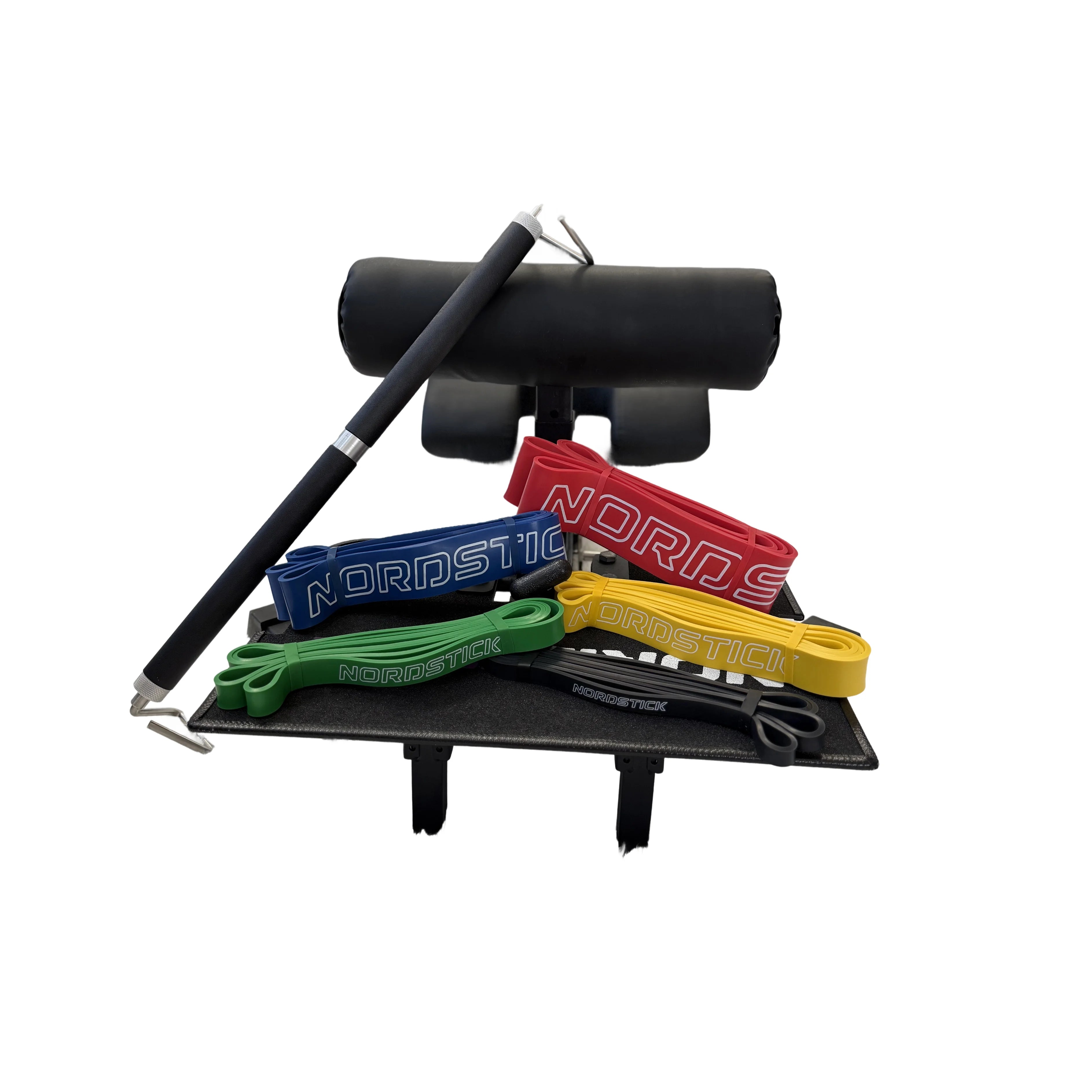

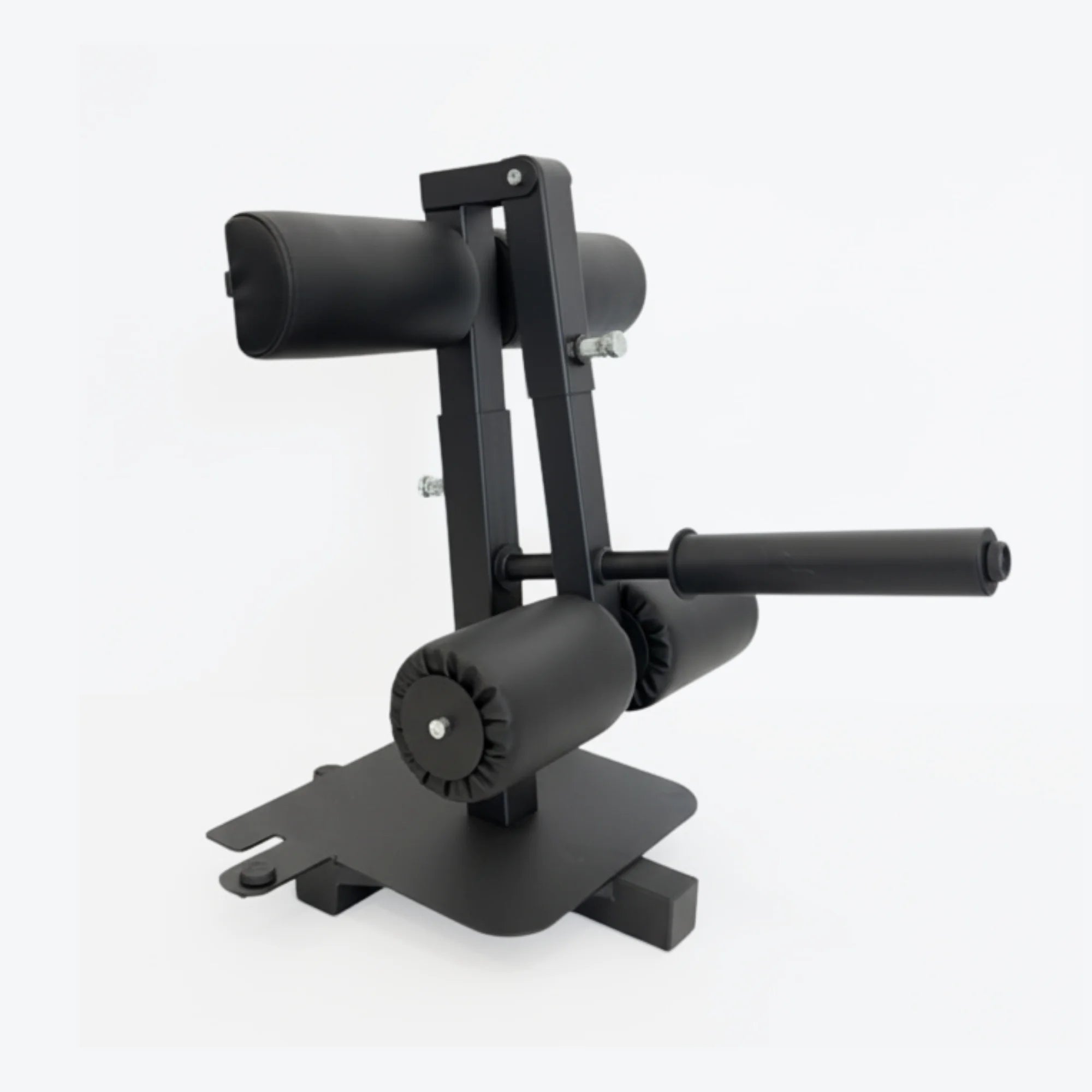
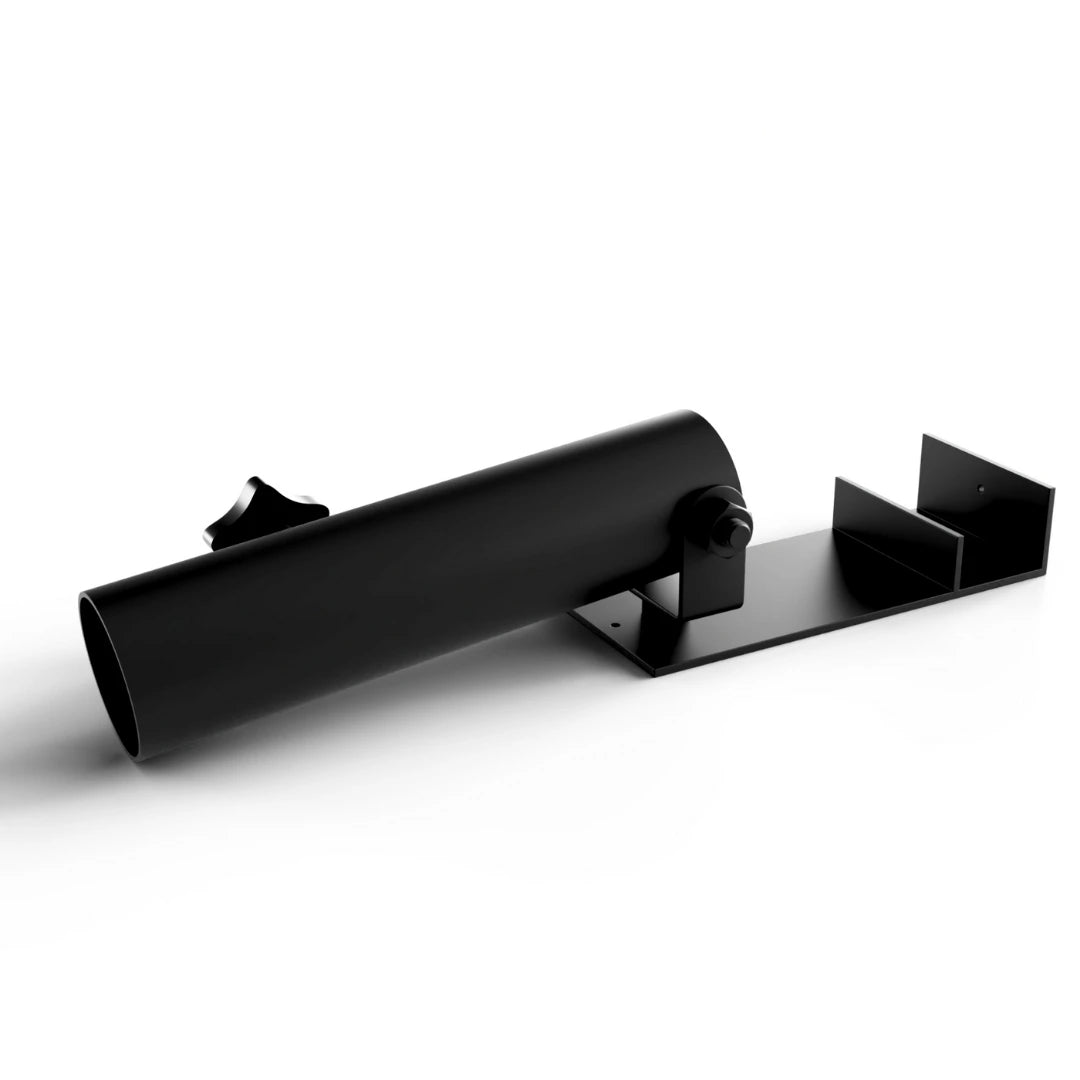
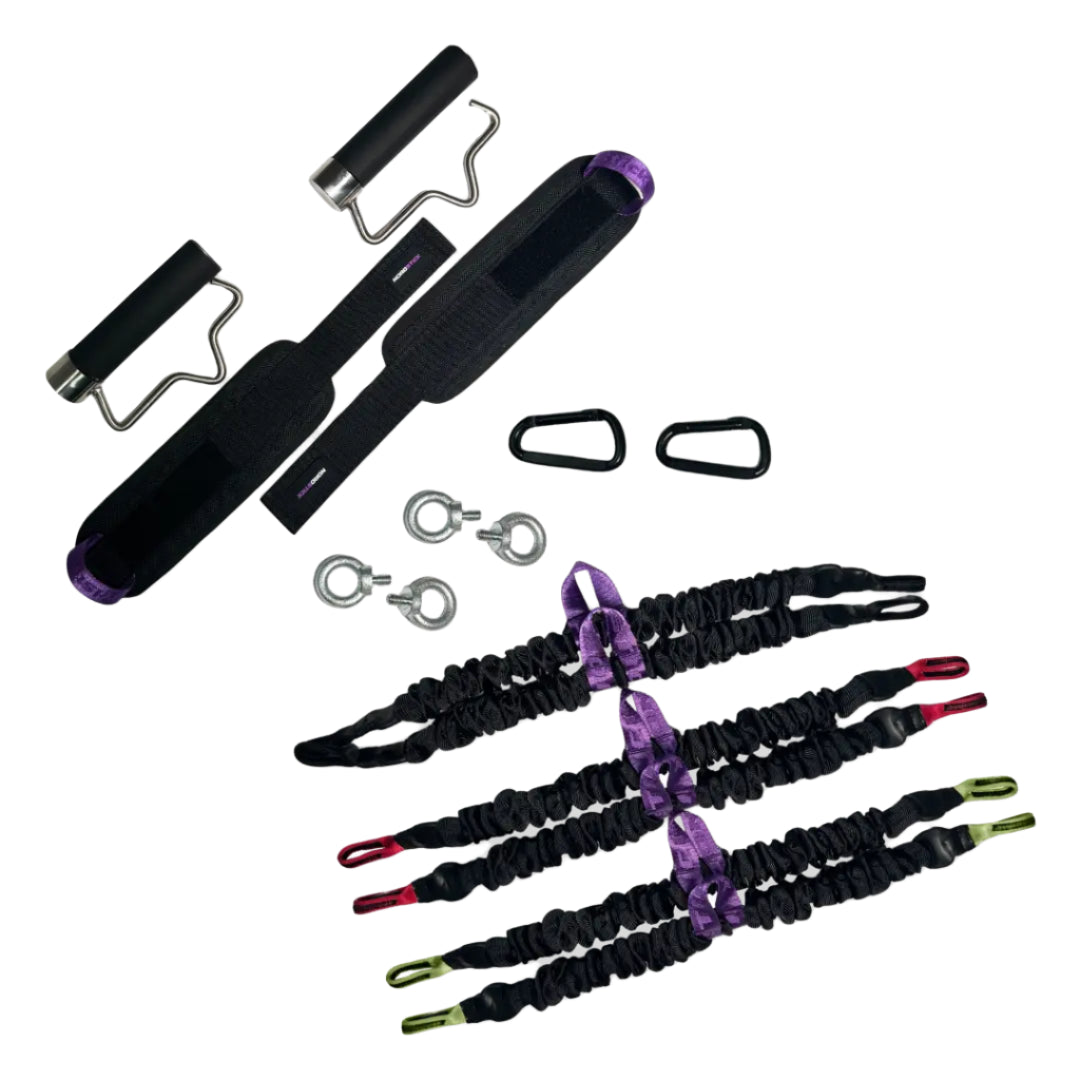
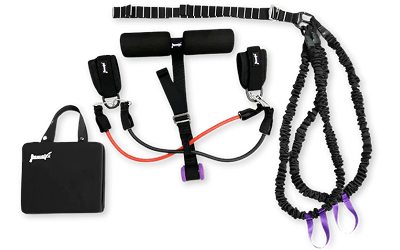
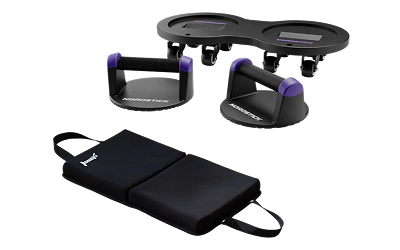
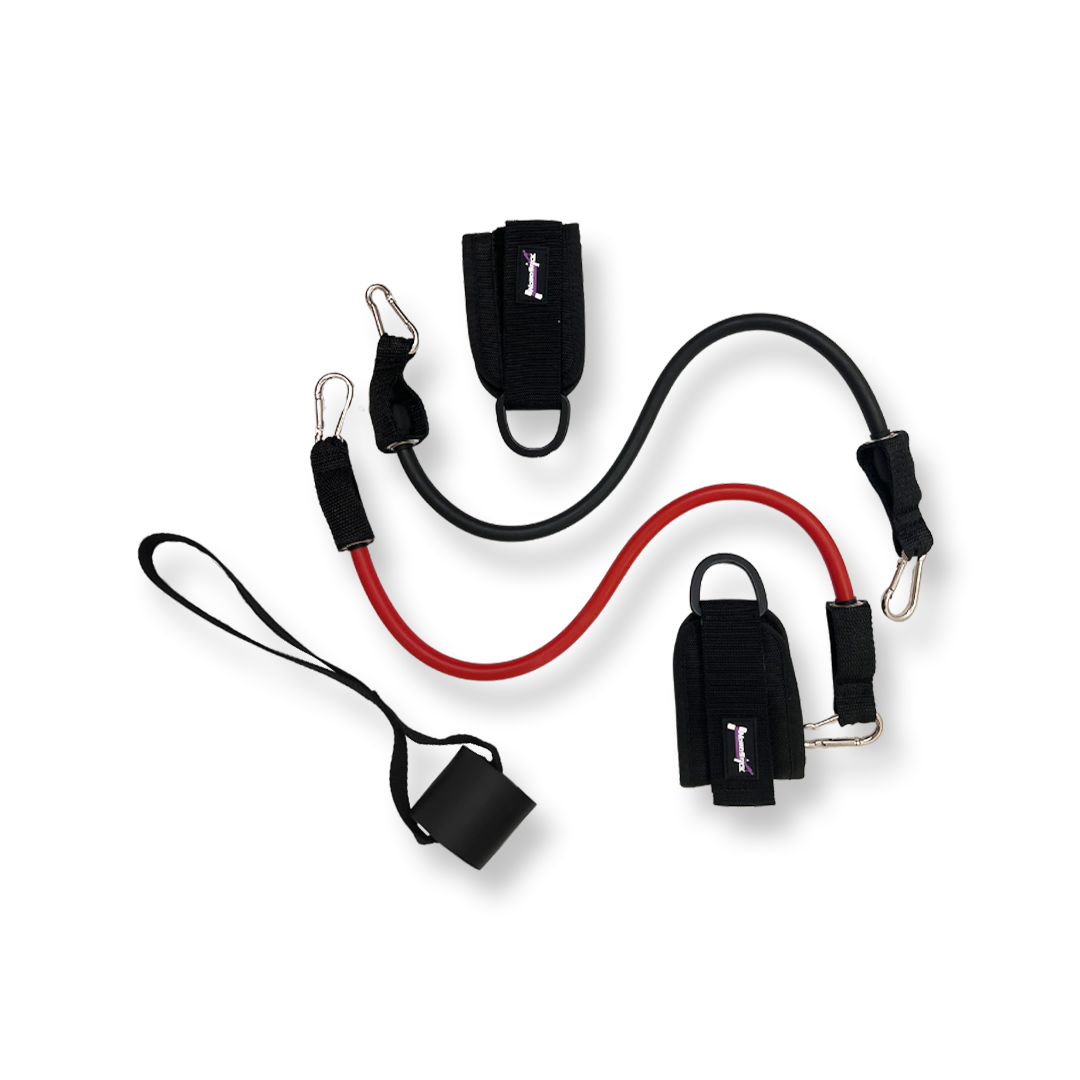
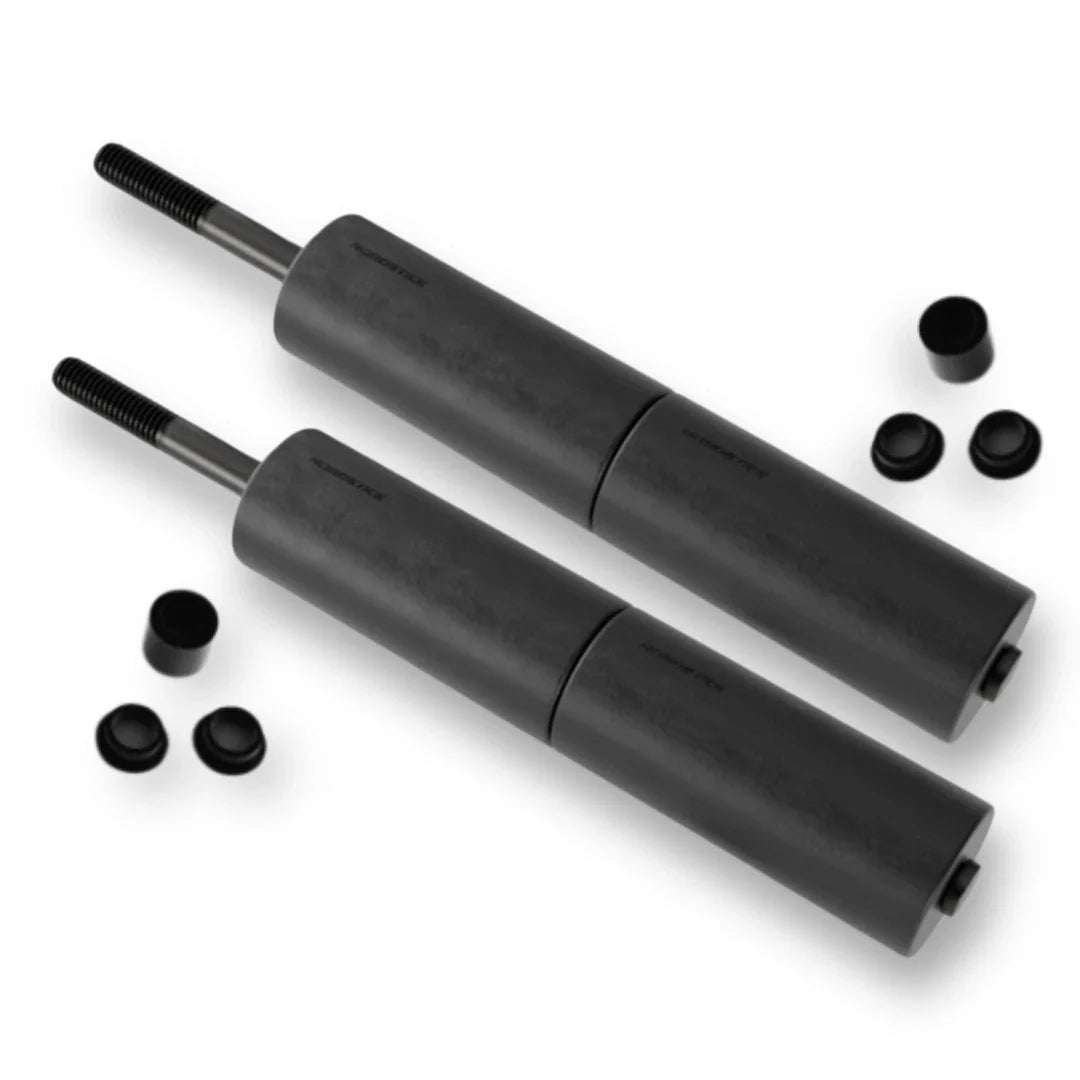
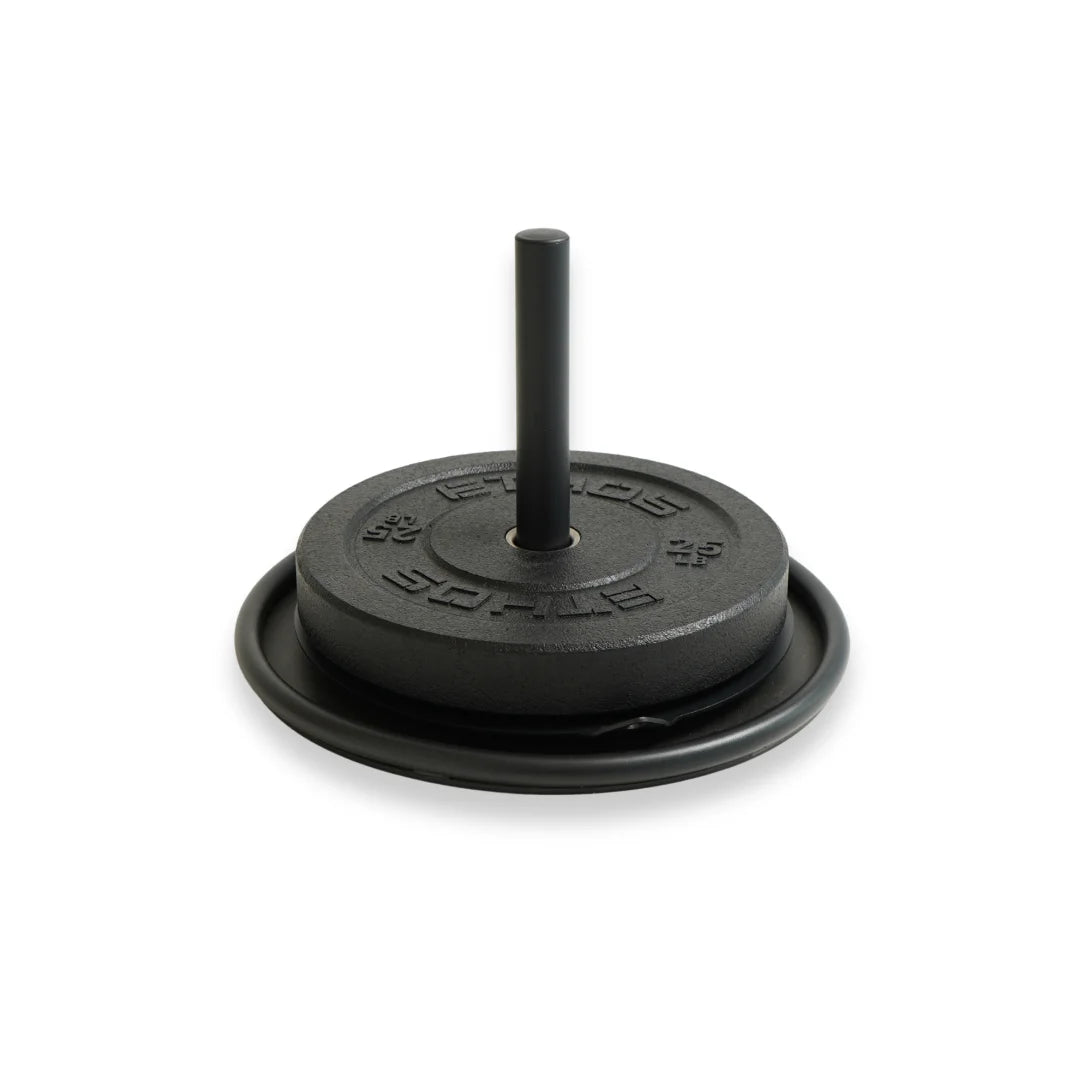
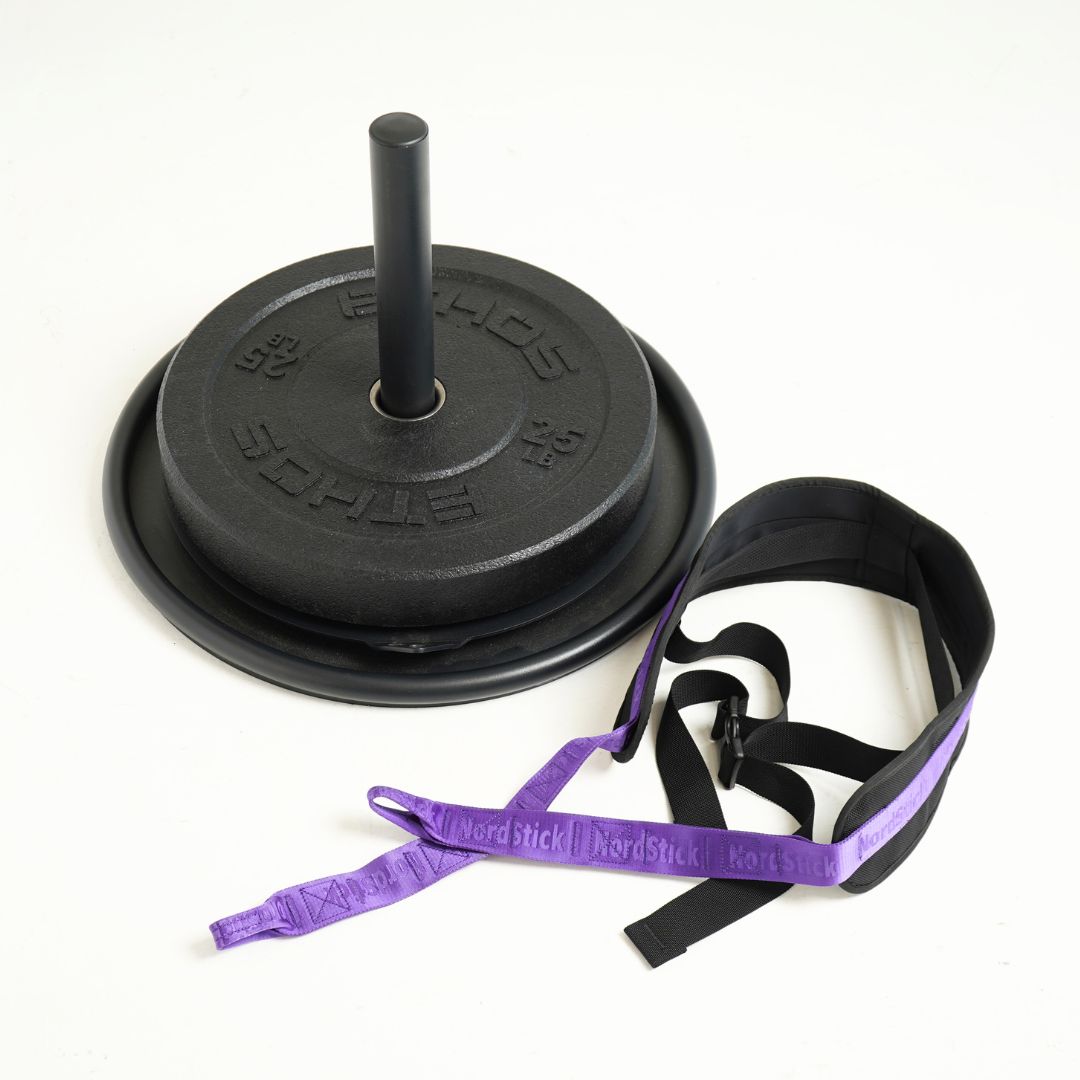
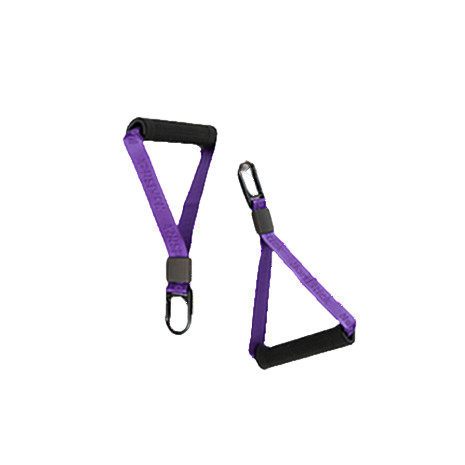
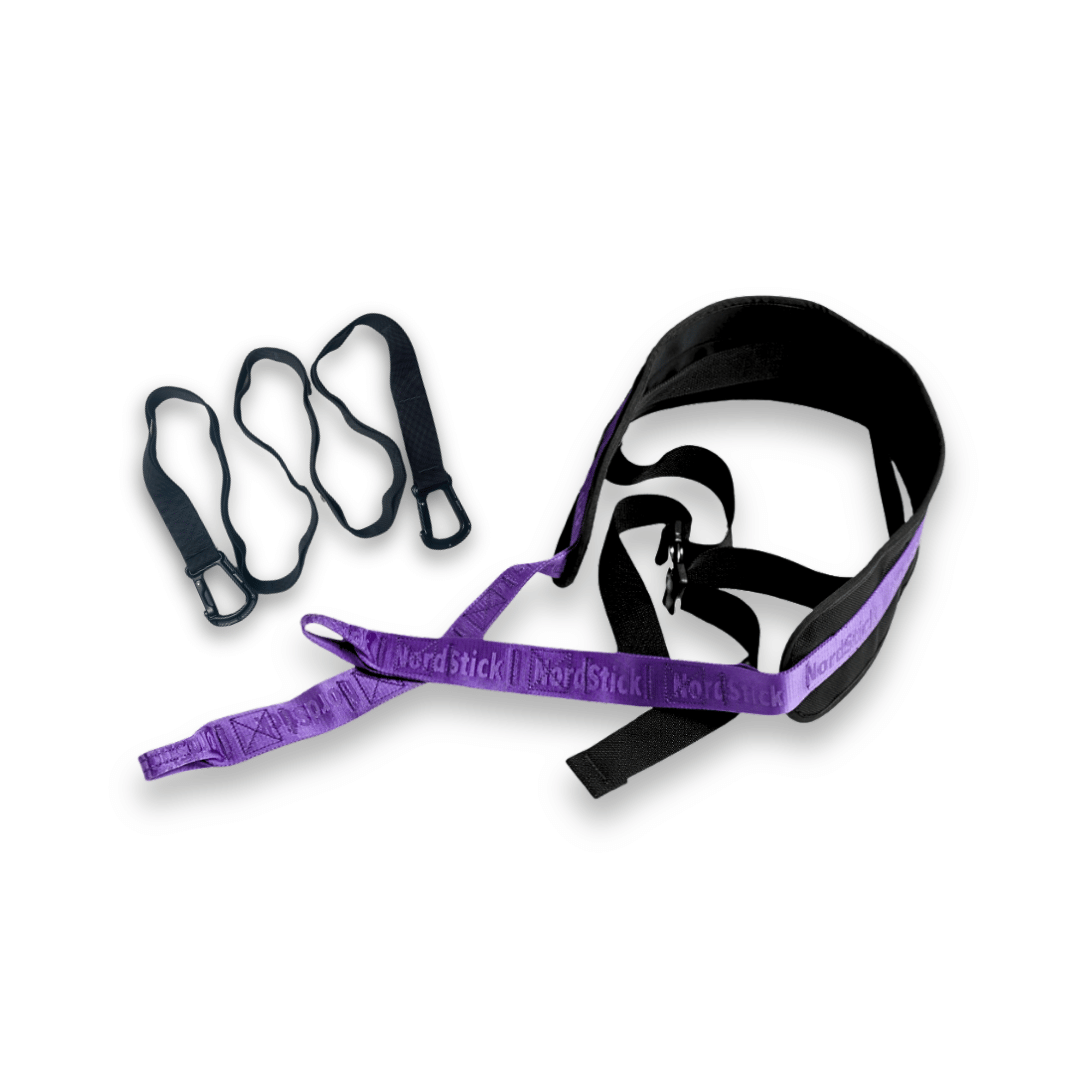
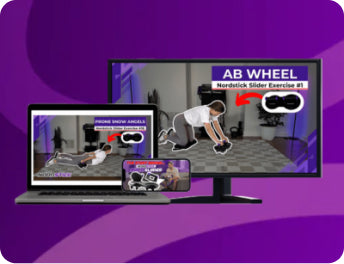


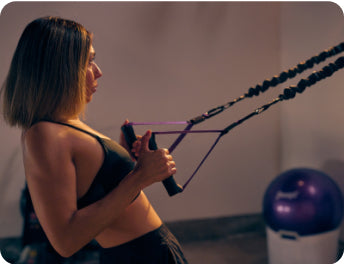


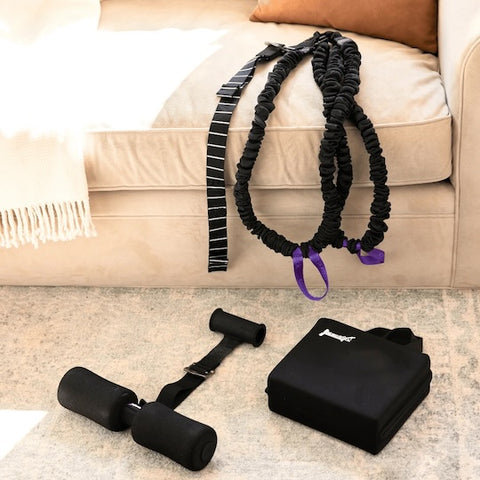

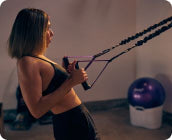
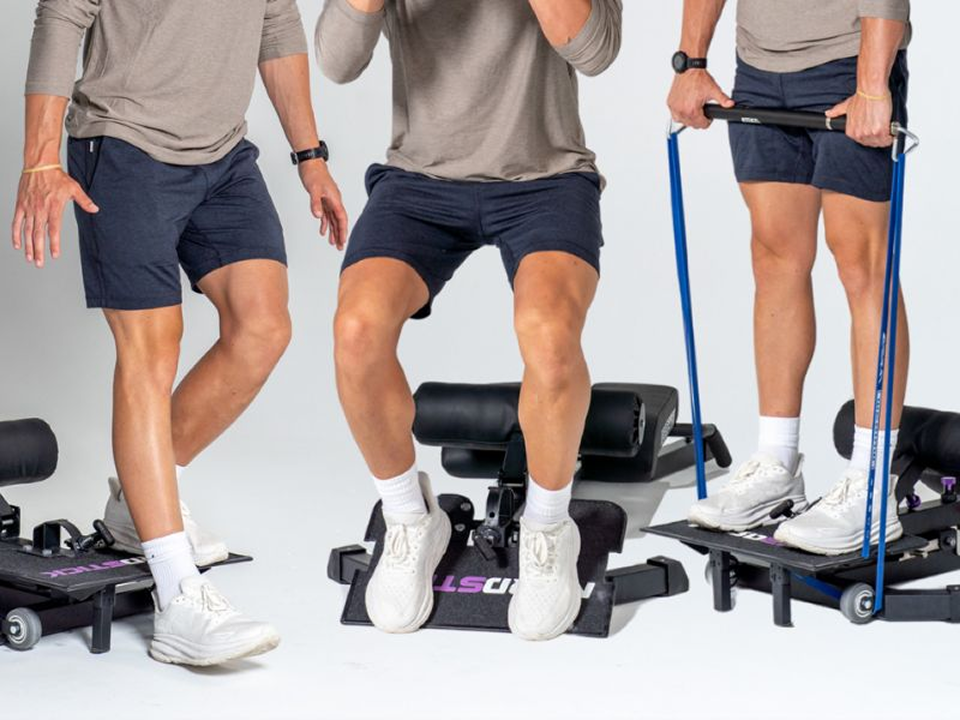
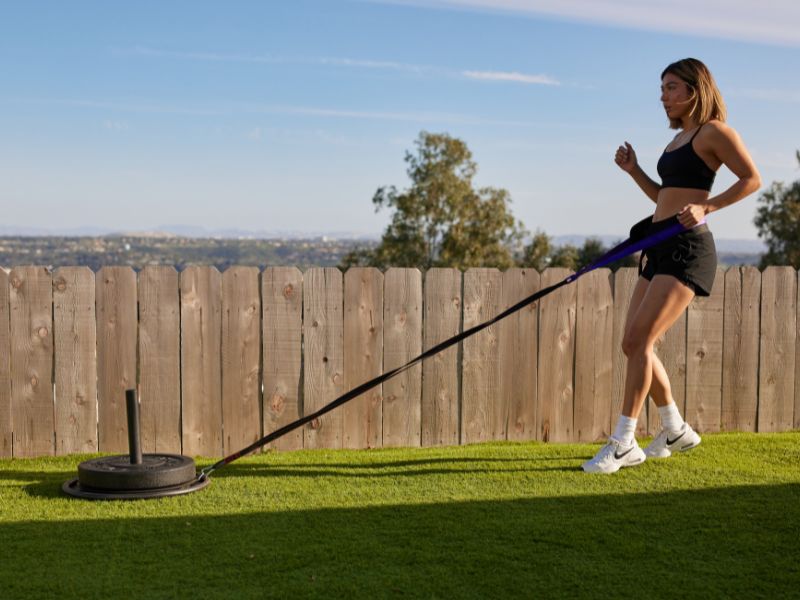
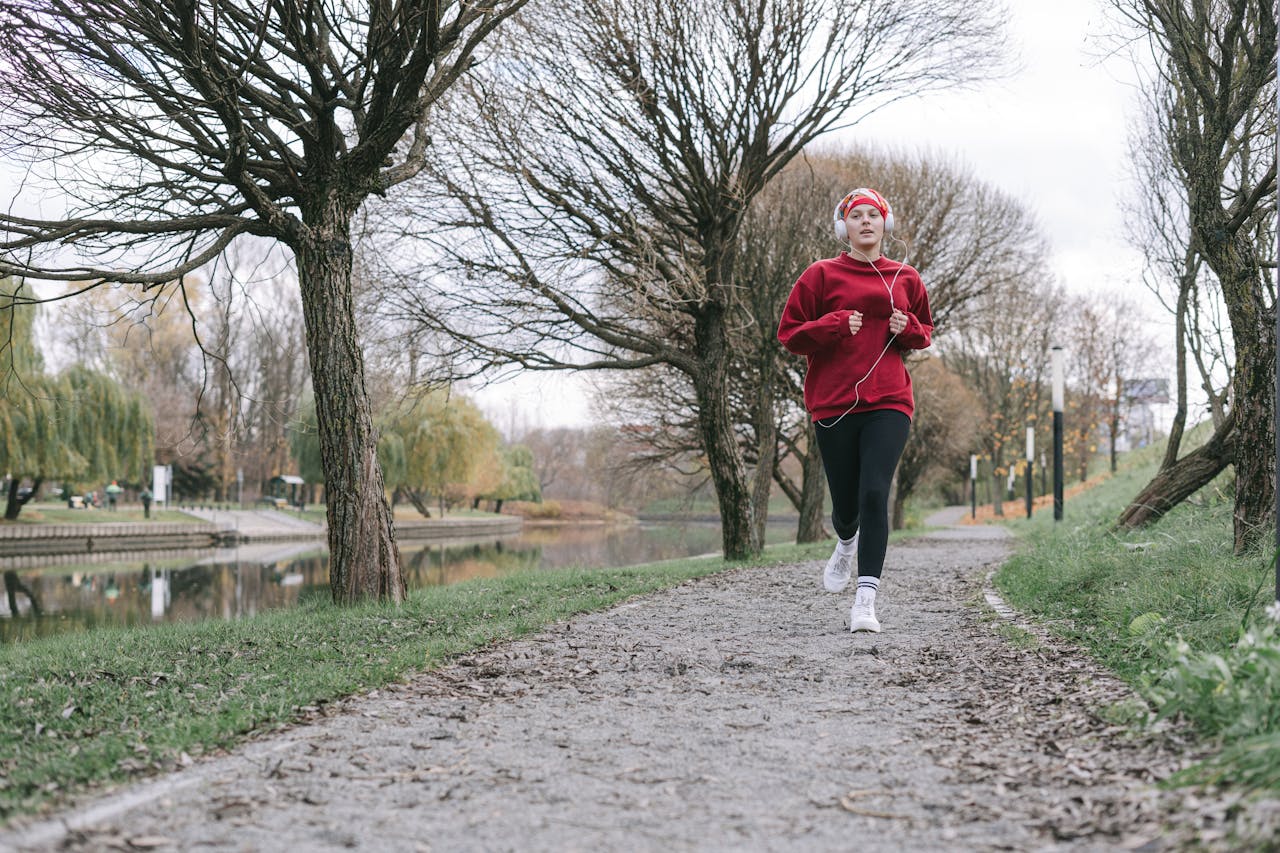
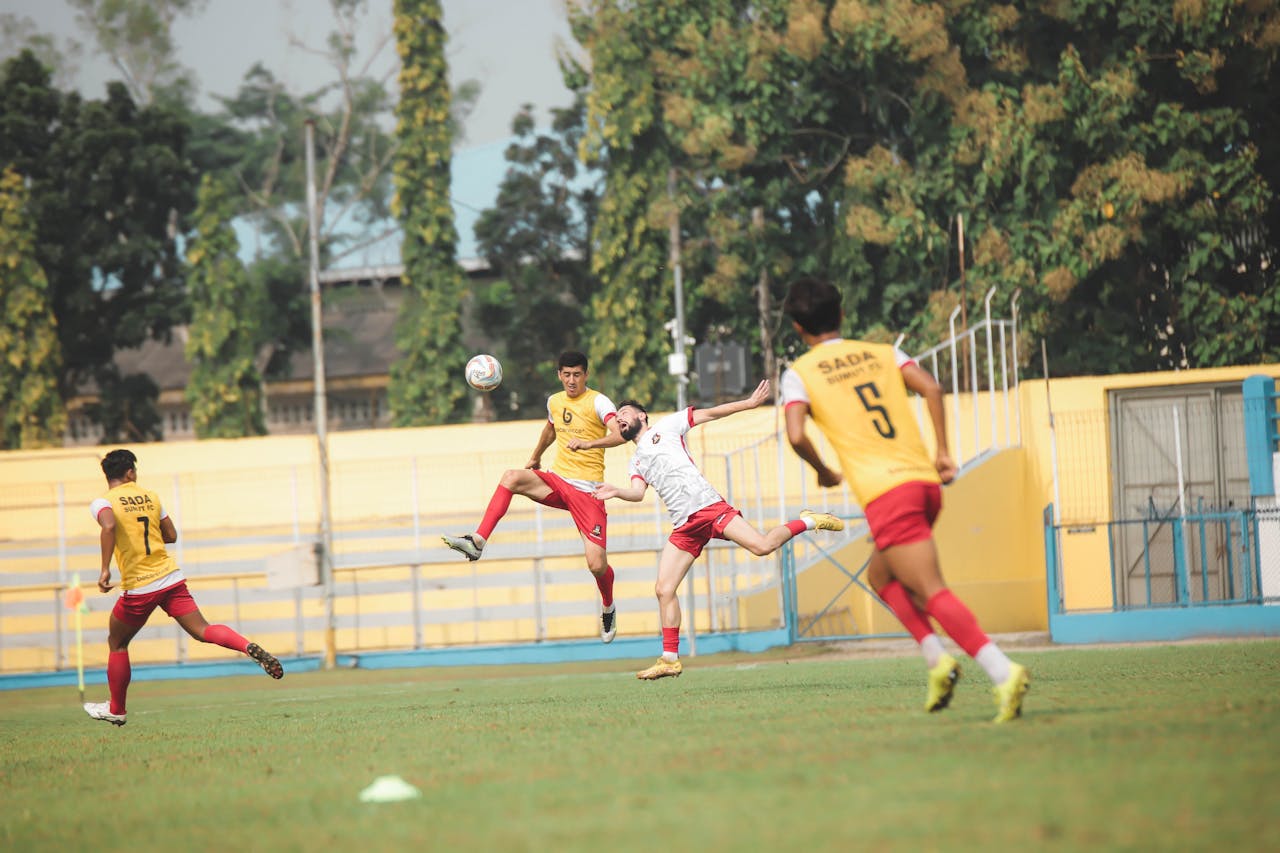
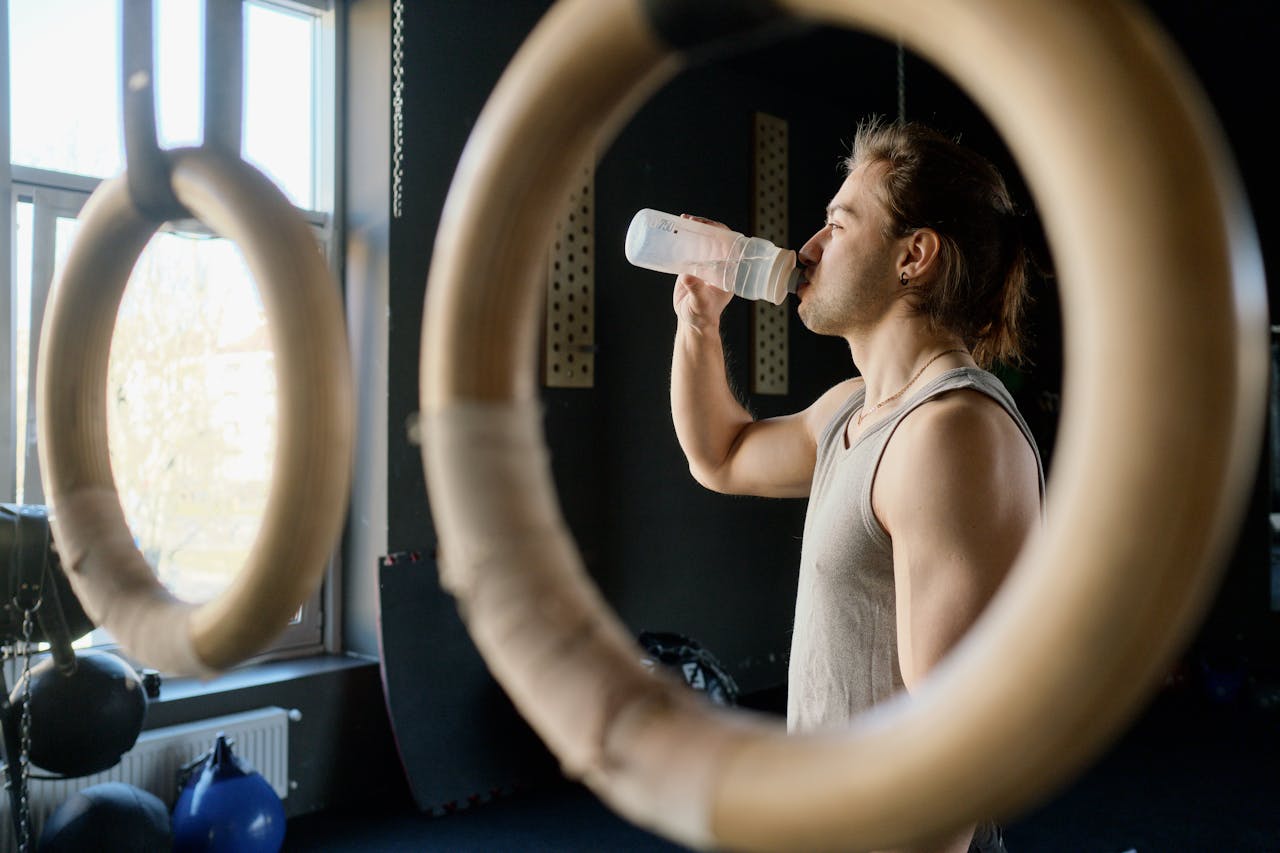
Leave a comment
This site is protected by hCaptcha and the hCaptcha Privacy Policy and Terms of Service apply.